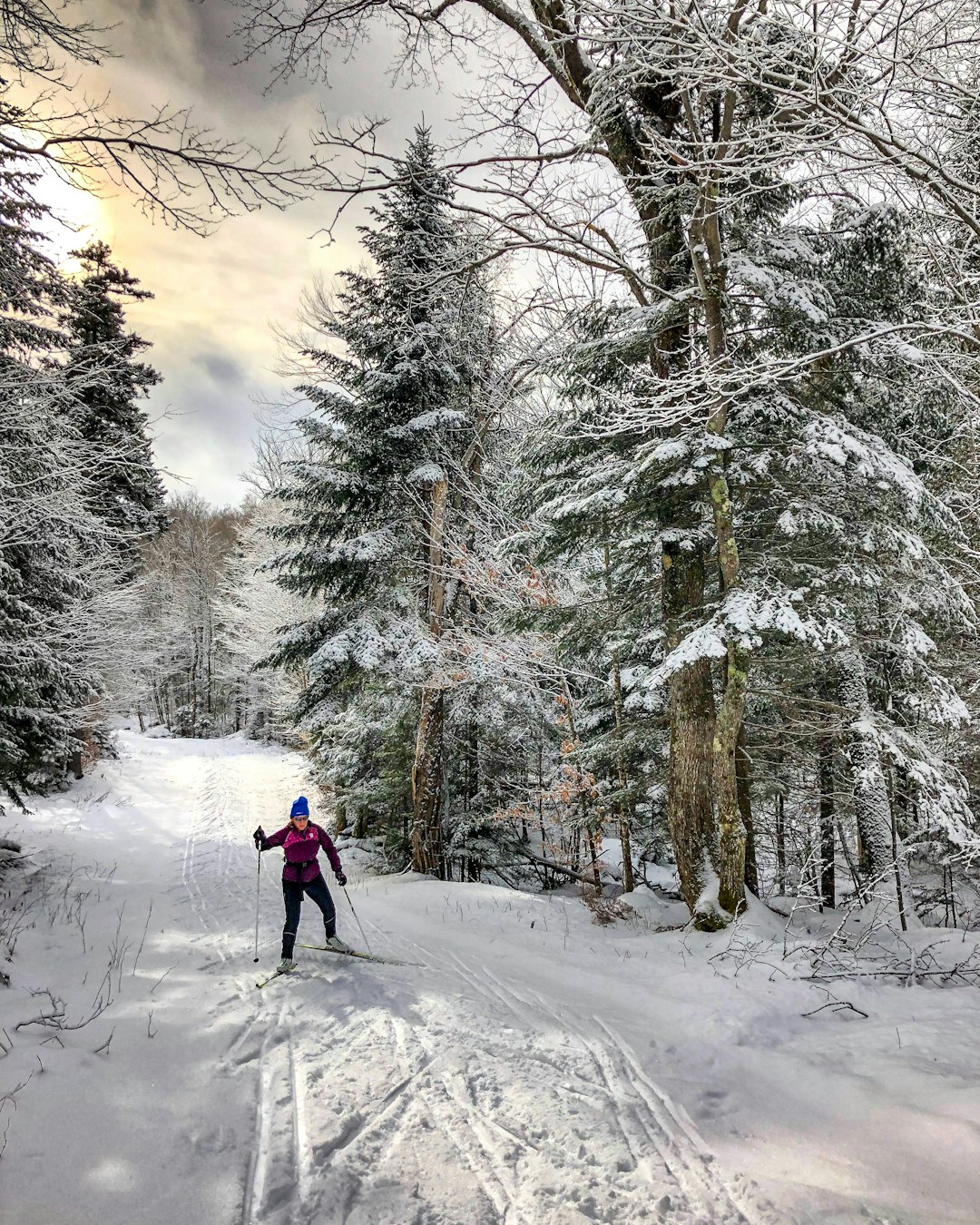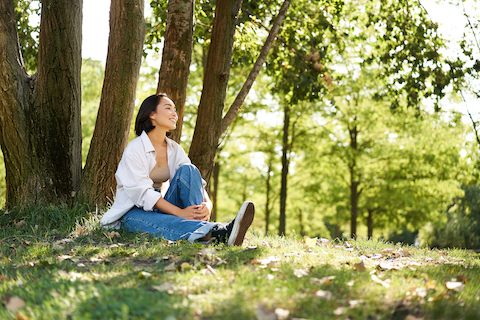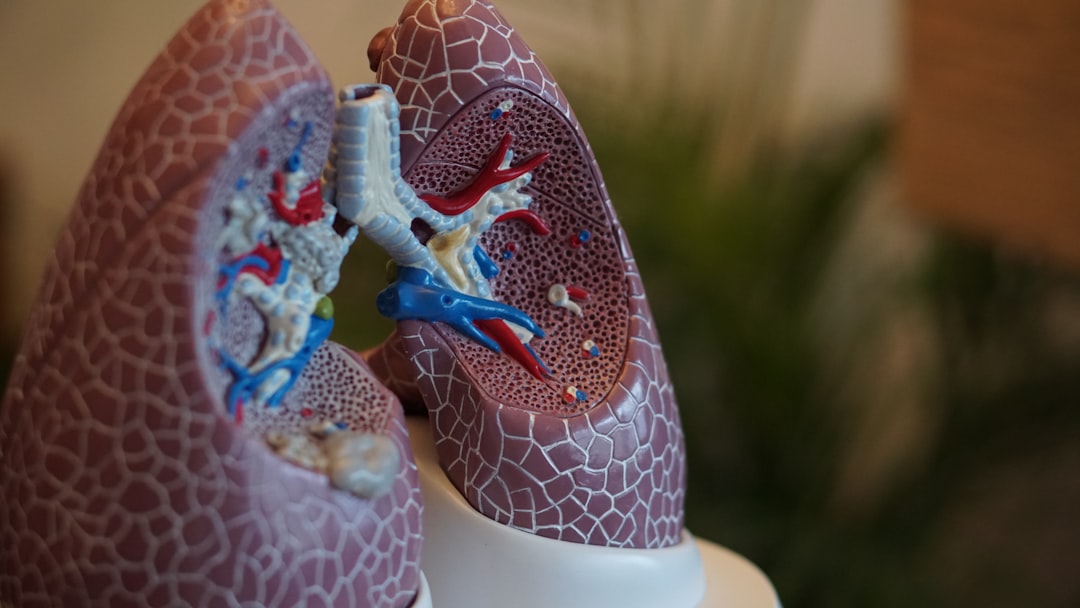4 Reasons To Bring Your Workout Outside This Winter

Photo by phillip belena on Unsplash
I live in Minnesota; yes, you can believe the rumors, winters really are as bad as they say.
When the wind is whipping and a blanket of snow covers the ground and the thermometer reads single-digits or below, exercising outside is probably the last thing you want to do. Cuddling up on a couch with blankets and Netflix and not moving for the next five months actually sounds like a more reasonable plan.
Unfortunately, that comfy sounding plan isn’t the best one for our health, and no matter what the weather is doing outside, our bodies need movement and exercise.
Instead of turning on hibernation mode, think about pulling on your best long undies, covering up your hands and ears, and taking your workout out into the blustery winter air. As atrocious as it may sound, there are actually evidence-based benefits to exercising in the cold.
Here are four of the best reasons to take your workout outside this winter:
1. You burn more calories and fat working out in the cold
Imagine burning twice the calories in half the time...
There is credible evidence to suggest that humans burn more calories when exercising outside in the cold weather, so you can get a more effective workout in for less time and effort.
Exercising in the cold activates what is called “brown fat,” a type of fat that helps with body temperature regulation and energy. Unlike white fat, which stores calories, active brown fat actually burns calories. Babies have a lot of brown fat because they don’t yet have the ability to shiver.
Brown fat is activated by the cold, making it easier for your body to regulate its own temperature in chilly weather, and helps your body burn off unwanted white fat more effectively.
2. You can go farther than in the summer
Dr. Adam Tenforde assistant professor of sports medicine and rehabilitation at Harvard-affiliated Spaulding Rehabilitation Network, says, "In colder temperatures, your heart doesn't have to work as hard, you sweat less, and expend less energy, all of which means you can exercise more efficiently."
Your body uses a lot of energy to keep cool when it’s hot and humid out. When the heat goes away, you don’t have to use quite as much energy to regulate your body temperature. As movement produces your body’s own heat anyway, you create your own internal heating system as you are exercising outside.
When your body is using less of its own energy to regulate temperature, more of your energy can go into your workout, helping you burn calories faster. According to the AHA, this means you can exercise longer and farther, potentially burning more calories.
3. It makes winter more tolerable
Exercise produces serotonin and dopamine, feel-good chemicals, and can help battle SAD, seasonal affective disorder, a season-related form of depression. If you are prone to getting the sads in the wintertime, think about taking a walk or a run out in the cold. It might sound rough right now, but it can go a long way in helping your mental health.
You can also get a bit of a vitamin D dose from working out outside as well. Although it’s still important to supplement in the winter, particularly if you live in a particularly extra cold climate like I do, on a sunny day you may absorb some extra doses of vitamin D through exposed skin and the whites of your eyes.
Brown fat, which we discussed before, also helps your body generate heat. When more brown fat is active, the warmer your body will naturally stay when you are exposed to the cold, so taking that run outside can help you create natural insulation and tolerance to the cold that you wouldn’t develop under a blanket on the couch.
According to the AHA, the chill of winter may also make you feel more awake and invigorated.
4. You’ll avoid the gym germs
Gyms are filled with germs, and with a pandemic raging all around us, many people aren’t comfortable with being confined within four walls with members of other households, particularly if sweat and respiratory droplets are spraying off of them in all directions as they push themselves to that next level a few feet away from you.
Even without COVID, gyms can be breeding grounds for other germs such as staph bacteria, funguses like athlete’s foot, and flu and cold germs.
Pandemic and other gross things aside, gyms get very, very busy this time of year as everybody hits their January resolutions pretty hard.
If you want to avoid crowds, germs, unwanted fungi, and potential COVID carriers, being outside gives you ample space, fresh air, and potentially a very minimal chance of spreading or contracting viruses.
Lastly, but very importantly, a couple of safety tips.
Warm-up first! Cold muscles are more susceptible to strain and injury, so it’s extra important to warm up before going out. Try starting with a dynamic, active warm-up instead of static stretching, such as high-knees, jumping jacks, active stretching, or whatever you like to do. Static stretching, or sitting and holding a stretch, signals your muscles that it’s time to relax, therefore it is a better move to do after your workout.
Layer up! Make sure you are properly dressed with layers that are easy to peel off if needed. Polypropylene is a material that draws sweat away from the body, which can prevent you from getting wet and making you susceptible to hypothermia. Also make sure you are protecting your hands, feet, and head. When we get cold, heat tends to travel towards our core, leaving our extremities vulnerable. Gloves, a hat to cover your ears, and warm, dry socks, preferably wool, will keep your extremities happy.
Hydrate, hydrate, hydrate! Typical signs of dehydration can include sweating and red skin. When the weather is wintery, these signs typically don’t show themselves the same way they do in the summer. Although you don’t need as much water to stay hydrated as you would if it were hot out, you still need a little extra water to stay adequately hydrated. Signs of dehydration become harder to spot, so follow the general rule of watering yourself before, during, and after your workout.
Check with your doctor if you have certain conditions...
Cold exacerbates asthma, so if you have asthma, get guidance from a doctor or a medical professional before following this here internet advice. Also, check with a doctor if you have heart conditions before hitting it hard outside this winter. Safety first if you have a condition that doesn’t jive well with the cold.












If you enjoyed this article or recipe, please consider giving it a comment! It helps others discover my blog and recipes, and your comments always make my day :) Thank you for your support!
Your email address will not be published. Required fields are marked *